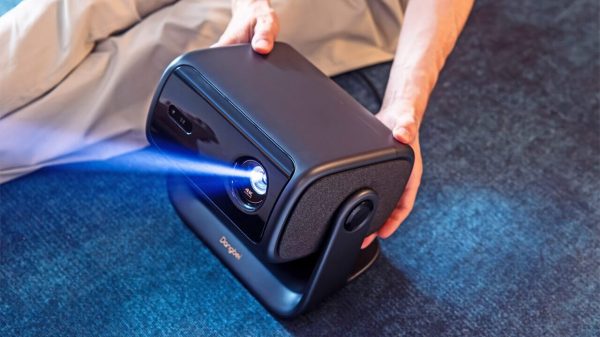Bert Lance, a U.S. Government official in the Jimmy Carter administration, is widely attributed for introducing the phrase “if it ain’t broke don’t fix it” into American vernacular. While there are several people who still abide by Lance’s idiom, complete adherence to such a belief can spell disaster for computer owners.
When Lance offered up his quip chances are he knew little about the impending rise of the computer age. Had he known he may have developed a more proactive approach, or at least made an exception, to protecting a computer’s hard drive from the damage of fragmentation.
While the “if it ain’t broke don’t fix it” mentality may work in some areas of political policy, it poses a potentially catastrophic danger for those who own computers.
This is due in large part to fragmentation and its methodical progression from an inconvenience to the eventual cause of a computer crashing. By the time the end result occurs it’s too late to do anything and you’re left with a “broke” computer and no way to “fix it.”
Most people don’t recognize the dangers of fragmentation because they know very little about the problem, and what to look for in diagnosing their computer’s illness. Fragmentation is a computer disease and, like any other disease, when left untreated will only get worse.
There are tell-tale signs for computer owners to look for that would indicate a hard drive has a potentially dangerous degree of fragmentation. If the computer is taking a long time to boot up, if you’re experiencing delays in loading applications or retrieving files or if you experience a holdup while browsing the internet or checking and sending email chances are your hard drive is carrying an excess of fragmented files.
Those fragmented files exist due to the nature in which a hard drive saves information. When a new file is created it gets saved as a single unit in a block of space on the hard drive. Files are stored in a contiguous manner so that when a new file gets saved it is placed directly after the last file and so on. Problems begin to arise when a file is retrieved by the user and changes are made. If a file has additions made to it and is re-saved it can no longer fit in the same space as before and the hard drive is forced to cut the excess information and save it in another block of space. The next time the user tries to retrieve that file the hard drive is forced to search for all the pieces that comprise that one file.
Fragmented files may not appear to be an issue at first but, over time, they will certainly develop into something much worse than a slowdown in operational speed. The longer a computer owner puts off protecting their hard drive from fragmented files the greater the danger for a crash.
The good news is there is a solution that can fix the problem before it’s broke. By installing defragmentation software a computer owner will protect their hard drive from fragmented files. Defrag works by piecing together all the fragmented segments of a file and saving them as one unit of information. Defrag will also increase the space for saving files, thus preventing further fragmentation. When defragmentation is installed it will instantly improve the speed and reliability of the computer.
Computer owners know that solving a potential problem before it becomes catastrophic can save them thousands of dollars and valuable information. Rather than wait for a computer to “break,” why not “fix it” with defragmentation software and save that money and all your important documents.























